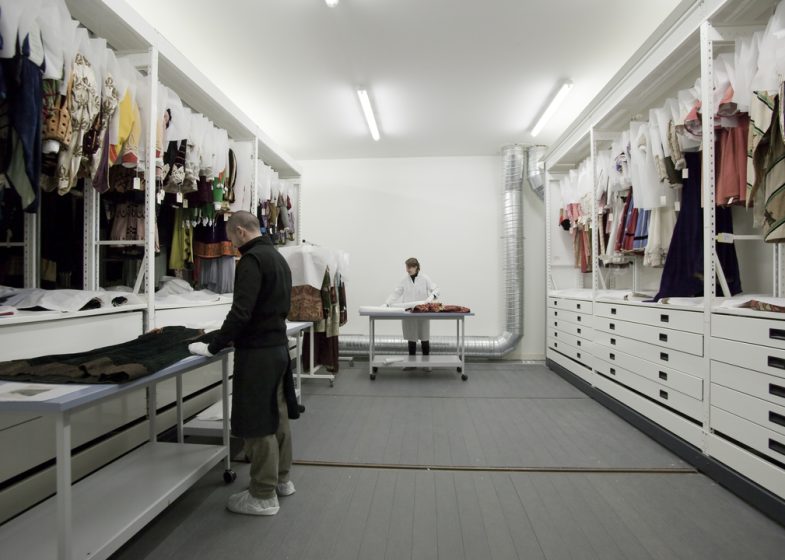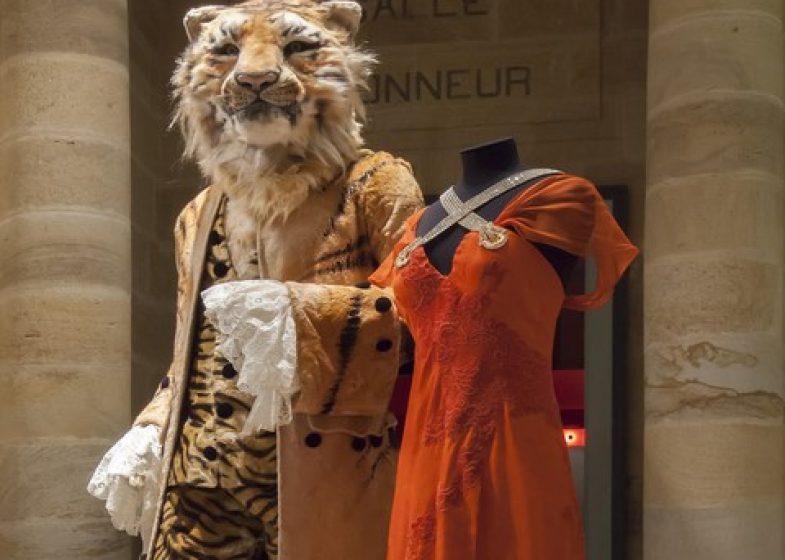-
Address
Quartier Villars - Route de Montilly
Moulins
03000
France
-
Email
-
Website
Collections and projects
National and international goals
An example of cultural decentralization Ten years after its opening, the CNCS has won the wager of cultural decentralization and has surpassed its initial objectives concerning frequentation, with more than 75,000 visitors per year. It has an exceptional worldwide reputation with museums, theaters, and dance and opera companies, and has created networks in education, research and artistic creation. The success of the CNCS exhibitions has gone far beyond the borders of France thanks to their foreign travels. “Bêtes de scene” was presented in Madrid, “Rudolf Nureyev” in Saint-Petersburg, and “Christian Lacroix, costume designer” has travelled around the world from Singaporeto São Paulo, making the CNCS an international reference.
Subject(s)
- Circus
- Dance
- Opera
- Theatre
Media
- Costume designs
- Costumes
The Museum
The CNCS opened in July 2006 in Moulins in Auvergne and is the first conservation centre in France or abroad entirely devoted to material theatrical heritage. It has become a place not to be missed for all lovers of theater arts and fashion. After appearing in their final productions at the Opéra national de Paris, the Comédie-Française and numerous other theater companies, the costumes arrive at the center for a second life during which they will never again be worn but will be conserved, studied and exhibited. The visitor to the CNCS is thus invited to plunge backstage into the heart of the greatest theaters and opera houses, where theatrical productions are born.
Subject(s)
- Circus
- Dance
- Opera
- Theatre
Media
- Costume designs
- Costumes
Website
http://cncs.fr/explorer-les-collectionsCostume conservation
When the costumes are not being exhibited they are conserved in the vast reserve area designed by the architect Jean-Michel Wilmotte. With an area of 1,700 square meters, this building contains conservation areas on the ground floor and three floors of costume storage. The costumes, installed in “compactus” units, or rolling closets, are protected from light at a temperature of 18°C and with a hygrometric rate of 50%.
Subject(s)
- Circus
- Dance
- Opera
- Theatre
Media
- Costume designs
- Costumes
The collections
The CNCS conserves the most prestigious collections in the world, on deposit from its three founding institutions – the Bibliothèque national de France, the Comédie-Française and the Opéra national de Paris – as well as costumes donated to the cncs by costume designers, theaters, theater and dance companies, artists and their families. Today, more than 10,000 costumes and accessories are conserved in the reserves of this 18th century cavalry barracks: the costumes worn by Maria Callas in "Norma" in 1964, Jean Marais’s armour in "Britannicus" in 1952, the tutus by Christian Lacroix for "Les Anges ternis" in 1987, the costumes by Philippe Découf lé for the Olympic Games in Albertville in 1992 and many more. The most beautiful theater costumes of all periods and styles come back to life at the CNCS through thematic exhibitions with scenography by some of the greatest people working in theater today. The most famous artists wore these prestigious costumes, and the most famous French designers created them. Connoisseurs will recognize the labels of Christian Lacroix, Thierry Mugler, Jean Paul Gaultier, Frank Sorbier and many others.
Subject(s)
- Circus
- Dance
- Opera
- Theatre
Media
- Costume designs
- Costumes









